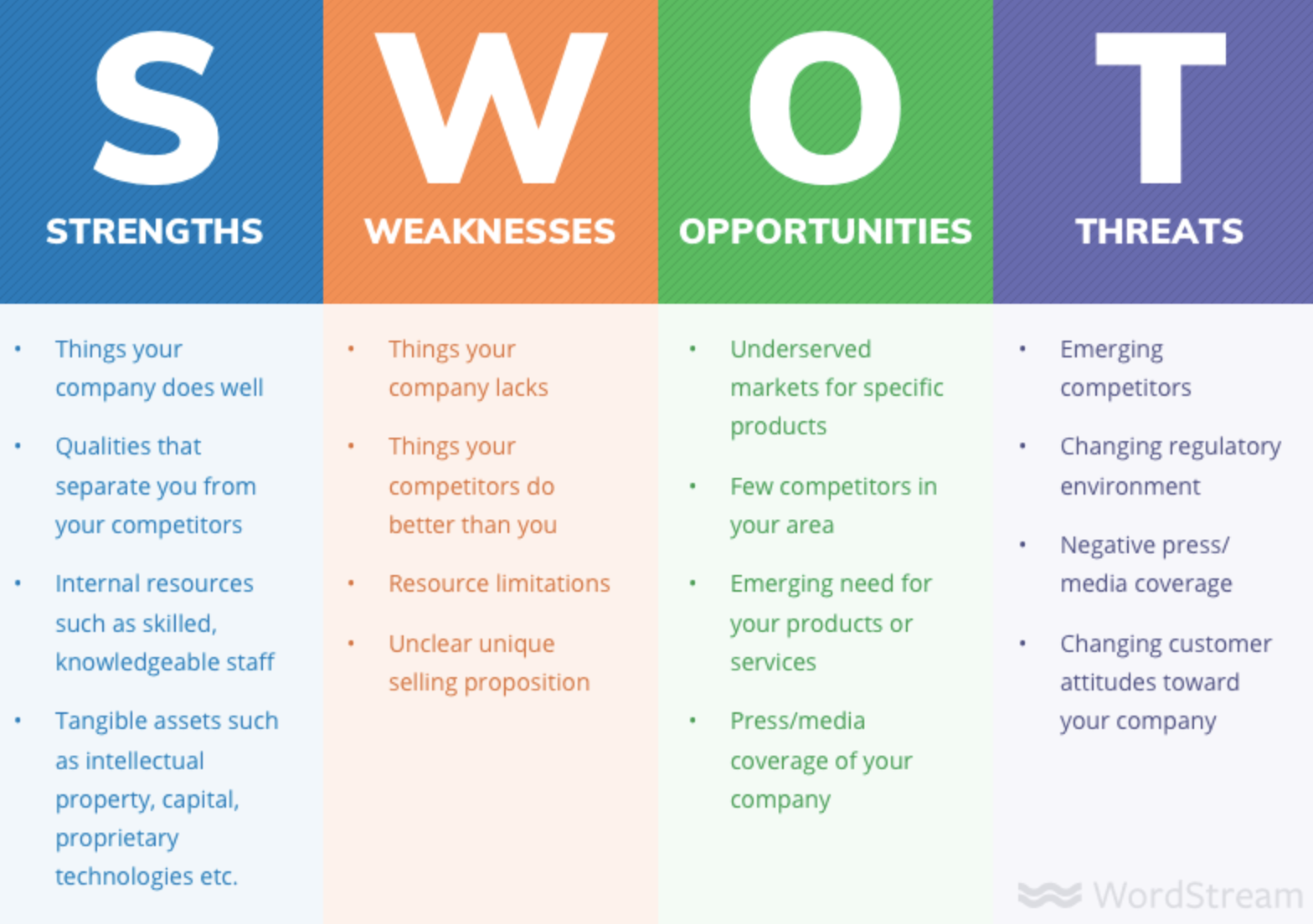E-commerce Website Sales - Mastering the Art of Getting E-commerce Customers
Article Key Takeaways:
- Proper due diligence is essential for assessing the performance, risks, and financial aspects of an e-commerce website acquisition.
- Strategic thinking and financial acumen are crucial for negotiating and structuring deals, including earn-out arrangements and upfront payment terms.
- Consideration should be given to the website's technical aspects, security, scalability, and integration into existing business operations.
- Post-acquisition, focus on optimizing and scaling the acquired website for efficiency, visibility, and profitability through improvements in SEO, user experience, and marketing campaigns.
Continue reading to learn more about the process of acquiring and maintaining e-commerce customers.
Click on each corresponding link to jump ahead:
- Understanding the E-commerce Landscape
- Identifying Potential Acquisition Targets
- Evaluating the Financial Potential of a Website
- Negotiating and Structuring Deals
- Managing Post-Acquisition Transitions
- Optimizing and Scaling Acquired Websites
- Marketing and Promoting Your E-commerce Business
- Legal and Regulatory Considerations
- Long-Term Growth Strategies
If you have any questions regarding e-commerce client acquisition, contact us.
1. Understanding the E-commerce Landscape
Etsy is a great example of an e-commerce website.
You'll need to grasp the vast and dynamic e-commerce landscape to truly excel in buying and selling e-commerce websites. The e-commerce sector is an ever-evolving sphere of digital commerce, with new trends and technologies constantly transforming the way businesses operate online.
Understanding this digital domain goes beyond merely knowing how to set up an online store; it involves:
- Recognizing the market dynamics
- Consumer behaviour
- The competitive landscape
- The latest technologies that define the space
Also, to never overpay online, you'll need to identify potential acquisition targets, evaluate their financial potential, negotiate and structure deals, and assess the website's performance and risk. This knowledge will not only inform your purchase decisions but also guide your strategies for enhancing the value of your acquisitions.
To illustrate this, if you are interested in fashion, you can investigate performance data and the projected growth of online clothing stores. You'll want to understand the competitive landscape and identify opportunities for new entrants.
Dive deep into the e-commerce landscape by studying successful online businesses. To do this, look at their:
- Business model
- Marketing strategies
- Customer engagement tactics
- Use of technology
This will not only give you a sense of the current market practices but also help you spot potential opportunities for innovation and growth.
Remember, the goal here isn't to mimic what others are doing but to understand the principles that underpin their success.
Examples of successful e-commerce websites include:
- Etsy: Specializing in artisan craft, vintage, and handmade products, Etsy offers a niche platform for small businesses and creative individuals. It has garnered a loyal customer base passionate about unique products that aren't typically found on other larger e-commerce platforms.
- Zappos: An online retailer specializing in shoes, Zappos is revered for its exceptional customer service, offering free shipping and return policies for 365 days. Their strong focus on customer satisfaction and a wide range of footwear choices have established them as a leader in their niche.
- ASOS: A top online destination for fashion and cosmetics, ASOS curates a vast collection of branded and in-house designed products catering to various body types and style preferences. The company's commitment to inclusivity and sustainability, coupled with its trend-led approach, has helped it garner a devoted following of fashion-conscious consumers.
2. Identifying Potential Acquisition Targets
Zappos is another great example of an e-commerce website.
Scouting for potential online businesses to acquire on online marketplaces like Exchange by Shopify or Flippa isn't just about choosing the highest earner; it's also about identifying those that align with your own business goals and expertise. It's crucial to invest time and resources in due diligence, researching the marketplace, and understanding the potential target's industry position.
This will help you gauge whether the business is a good fit for your portfolio, whether there's growth potential, and if you have the necessary skills and resources to take the business to the next level.
A good starting point is to analyze the business's financial performance, its operational dynamics, and its market position. This should include assessing the business's profitability, revenue growth, and cash flow.
The operational dynamics should consider the business's supply chain, customer retention strategies, and overall business model.
Remember, the art of e-commerce website acquisitions and sales is not just about financial figures or market positioning. It's also about finding a business that aligns with your passion, skills, and long-term goals.
This alignment not only makes the acquisition process smoother but also ensures that you can provide the necessary stewardship to grow and develop the business. So, as you identify potential targets, keep in mind your personal interests and strengths, as well as your strategic objectives.
3. Evaluating the Financial Potential of a Website
Here is another example of an e-commerce site, ASOS.
Evaluating a website's financial potential isn't just number crunching; it's about understanding the story those numbers tell about the business's health and growth prospects. It's about digging deep into the financials, dissecting the revenue streams, and scrutinizing the expenses.
You need to delve into the profit and loss statements, balance sheets, and cash flow statements to get a holistic view of the financial health of the potential acquisition. Assessing the financial potential also means considering the past, present, and future of the business.
Essential factors you must consider include:
- The company's revenue growth: Is it consistent? Is it growing, stagnant, or declining?
- Cost structure: How much does it cost to run the business? Are the expenses controlled or escalating?
- Profitability: Is the company making a profit? If not, why, and what can be done about it?
Consider the strategic implications of your findings. Does the website have a sustainable business model? How does it generate revenue? Is the ROI appealing? What are the risks? You need to connect the dots between the financials and the business strategy.
You should also consider the e-commerce website's historical data, including its:
- Traffic sources
- Customer acquisition costs
- Conversion rates
- Average order values
Additionally, the website's SEO ranking performance, social media presence, and email marketing metrics should be scrutinized. This will provide you with an overall picture of the business's health and help you identify any red flags that could impact its profitability and growth potential.
If the website is profitable, but its business model isn't sustainable, the financial success might be short-lived. If the website isn't profitable yet but has a solid, scalable business model, it might represent a golden opportunity for growth.
Remember, the goal of this exercise is to make an informed decision. It's not about finding the perfect business – it's about finding a business with potential that you can maximize.
4. Negotiating and Structuring Deals
Once you've got a clear grasp of a site's financial potential, it's time to dive into the nitty-gritty of negotiating and structuring deals.
The art of deal-making in the e-commerce world often hinges on your ability to negotiate effectively. Remember, the listed price is merely a starting point; you should always strive to negotiate a deal that aligns with your valuation of the site.
Understand the seller's motivations and the website's unique value propositions. Be prepared to discuss every detail, from revenue and traffic sources to customer base and growth potential. Be firm but fair in your dealings, and remember that the goal is to arrive at a mutually beneficial agreement.
The structure of the deal is equally critical. In a typical deal, the buyer pays a portion of the price upfront, and the rest is paid out over time, often tied to certain performance metrics. This structure reduces risk by ensuring that the seller remains motivated to ensure a smooth transition and success post-sale.
Consider structuring your deal to include an earn-out arrangement, where a portion of the purchase price is contingent on the business's future performance. This way, you're not just buying a website; you're entering into a partnership with the seller for a specified period.
5. Managing Post-Acquisition Transitions

Ensure a seamless transition - Photo by Berkeley Communications on Unsplash
Now that you've successfully navigated the complex process of due diligence, assessing your potential e-commerce website's performance and potential risks, it's time to shift gears.
The first thing you need to understand about managing post-acquisition transitions is that you're not simply buying a website; you're buying an entire business. As such, you need to ensure that the transition is as seamless as possible for both you and the existing customer base. This means keeping the lines of communication open with your customers and letting them know about the change in ownership.
Remember, the key to a successful transition is to always keep the customer in mind. After all, they're the ones who will be interacting with the website on a daily basis. A seamless transition will help to maintain a positive customer experience, which will, in turn, contribute to the ongoing success of your new acquisition.
Of course, managing post-acquisition transitions isn't just about the customers. It's also about ensuring that the business itself continues to operate smoothly. This means:
- Ensuring that all legal and financial obligations are met
- That all necessary systems and processes are in place
- That any potential issues are identified and addressed as soon as possible
6. Optimizing and Scaling Acquired Websites
So, you've got the keys to your new online kingdom, what's next?
It's time to roll up your sleeves and dive into the thrilling process of optimizing and scaling your newly acquired digital asset.
This isn't simply about making a few tweaks here and there, but rather, it involves a strategic and meticulous approach to enhancing the efficiency, visibility, and profitability of your e-commerce website.
Remember, the goal isn't just to maintain its current performance but to take it to new heights that the previous owner may not have been able to achieve.
Start by analyzing the existing structure and operations of the website. Look into its current traffic sources, sales channels, customer acquisition strategies, and conversion rates. Identify the areas of strengths and weaknesses.
There are several questions you must consider that will guide you in formulating a robust optimization strategy, such as:
- Are the website's SEO strategies up to par?
- Is the user experience seamless and intuitive?
- Are there untapped markets or sales channels that could drive more traffic and increase sales?
Once you've identified the areas that need improvement, the next step is to implement changes. This could mean redesigning the website for a better user experience, optimizing product listings for improved search engine rankings, or developing new marketing campaigns to reach untapped customer segments.
7. Marketing and Promoting Your E-commerce Business
Learn how to effectively market and promote your e-commerce business with Relevantly.
Having a top-notch online store isn't enough, you've got to get the word out, and that's where savvy marketing and promotion strategies come into play. To effectively promote your e-commerce business, it's crucial to understand the customer journey and tailor your marketing efforts accordingly.
It's not just about creating flashy ads; it's about reaching your customers at the right time, in the right place, and with the right message. This requires a deep understanding of your target audience, their preferences, and their online behaviours.
One of the most effective ways to market your e-commerce business is through a multi-channel approach. This means utilizing a combination of digital marketing strategies, including:
- Social Media Marketing: Use platforms like Facebook, Instagram, and LinkedIn to engage with your audience and promote your products.
- Email Marketing: Build a strong email list and send regular newsletters with product updates, special offers, and relevant content.
- Content Marketing: Create valuable content that resonates with your audience and helps you rank higher in search engine results.
- Pay-per-click (PPC) Advertising: Use PPC campaigns to drive traffic to your website and increase conversions.
Marketing and promoting your e-commerce business can be a complex endeavour, but it's one that's essential for success. Remember, your goal is not just to attract customers but to build strong relationships with them. This means providing value beyond just your products, offering excellent customer service, and consistently engaging with your audience in meaningful ways.
By doing so, you'll not only promote your business effectively but also build a loyal customer base that will contribute to your long-term success.
8. Legal and Regulatory Considerations
Before you dive headfirst into the exciting world of online business, it's crucial to understand the legal and regulatory landscape you'll be navigating. While the internet provides a vast marketplace with incredible potential, it also comes with a unique set of laws and regulations that you must abide by. These rules can vary greatly depending on the nature of your e-commerce business and the regions in which you operate.
For instance, different countries have distinct rules for privacy, data protection, and digital transactions. Ignoring these could result in penalties, damaging your brand's reputation, or even shutting down your business. Thus, it's critical to take a strategic approach when dealing with legal matters.
You need to invest time in comprehending essential e-commerce laws such as the General Data Protection Regulation (GDPR) in the EU, the California Consumer Privacy Act (CCPA) in the U.S., and various other laws depending on your business's jurisdiction.
These laws dictate how you collect, store, and use customer data, so understanding them is paramount.
Furthermore, the terms and conditions of your website, return policy, and shipping policy must be clear, concise, and transparent to build trust with your customers and stay legally compliant.
As part of your strategy, seeking legal advice when setting up or acquiring an e-commerce business is recommended. Legal professionals can help you navigate complex regulations, draft or review contracts, and ensure that you're adequately protected against potential legal disputes. They can also assist with trademarks, patents, and copyrights, which are essential for protecting your brand and products from infringement.
9. Long-Term Growth Strategies
Now that you've got your legal ducks in a row, it's time to shift your focus to the long game - crafting a solid strategy for long-term growth. The world of e-commerce is ever-evolving, and to remain competitive, you need to be prepared to adapt and grow.
A long-term growth strategy will not only help you anticipate changes in the marketplace, but it will also guide your decision-making process, keep your business goals on track, and ultimately, help to secure your success in the industry.
One way to start crafting your long-term growth strategy is by developing a clear understanding of your business's strengths, weaknesses, opportunities, and threats (SWOT). This analysis will give you the insights you need to leverage your advantages, improve areas of weakness, capitalize on opportunities, and mitigate potential threats.
Here is a simple table example of what a SWOT analysis might look like:

In addition to a SWOT analysis, keep an eye on market trends and customer behaviour. Are there emerging trends or technologies that could benefit your business? Are your customers' needs or tastes changing?
Staying in tune with these factors can help you adapt your products, services, and marketing efforts to meet the evolving demands of the market. Moreover, consider expanding your business through diversification.
This could mean adding new products or services, entering new markets, or even acquiring other businesses to broaden your reach and increase your revenue streams.
Crafting a long-term growth strategy is no small feat, but it's an essential part of mastering the art of e-commerce website acquisitions and sales. Remember, the key is to be proactive rather than reactive - anticipate changes, adapt your strategy, and always keep your business goals at the forefront.
As you navigate through the ever-changing e-commerce landscape, your strategy will serve as your roadmap, guiding you toward sustained growth and success. Keep analyzing, keep strategizing, and most importantly, keep growing.
Conclusion
You're diving into a digital world that's overflowing with potential - the realm of e-commerce website acquisitions and sales.
The online marketplace is a dynamic, ever-evolving ecosystem. Understanding it, strategically navigating it, and mastering the art of buying and selling e-commerce websites can open a wealth of opportunities.
But there's more to this art than just buying low and selling high. It requires an analytical eye, a strategic mindset, and a deep understanding of the e-commerce landscape.
Once acquired, optimizing and scaling these websites while maintaining effective marketing strategies is crucial. Additionally, you need to be aware of legal and regulatory considerations.
It's a complex process, but with the right guidance and a detail-oriented approach, you can master it.




